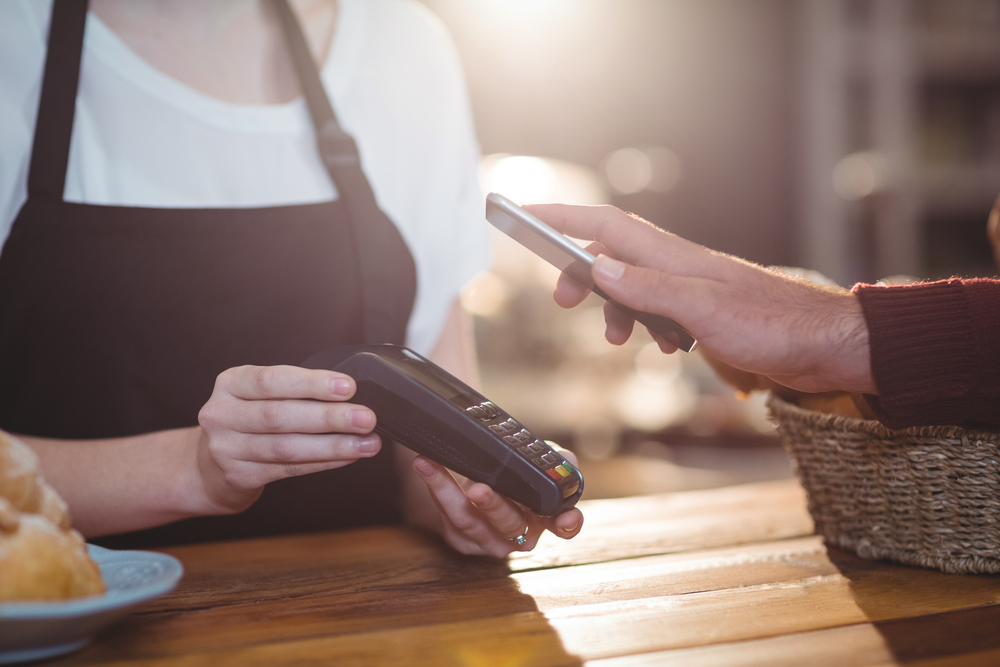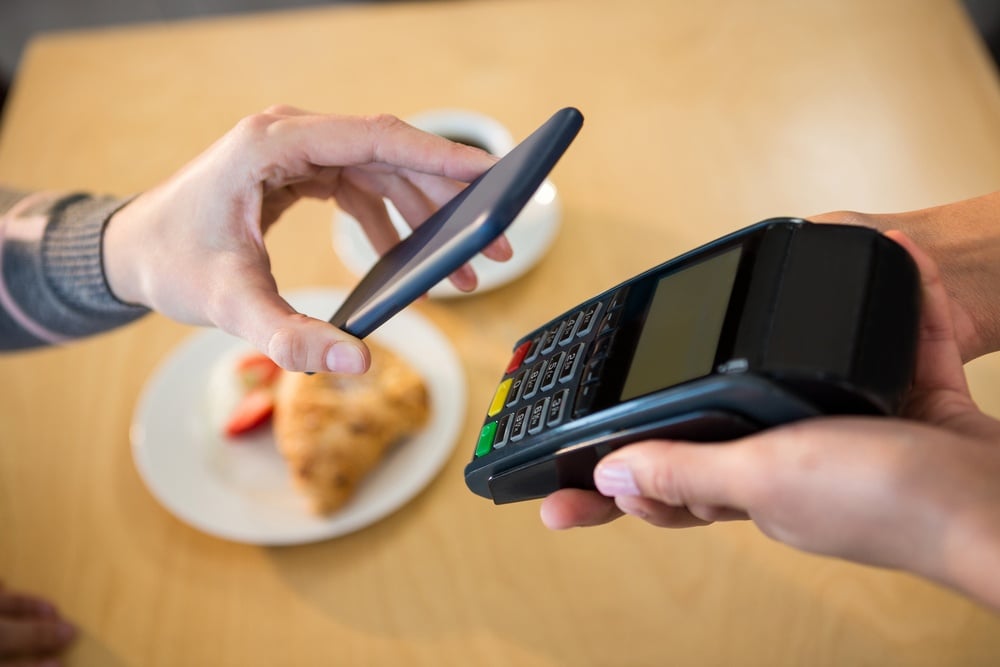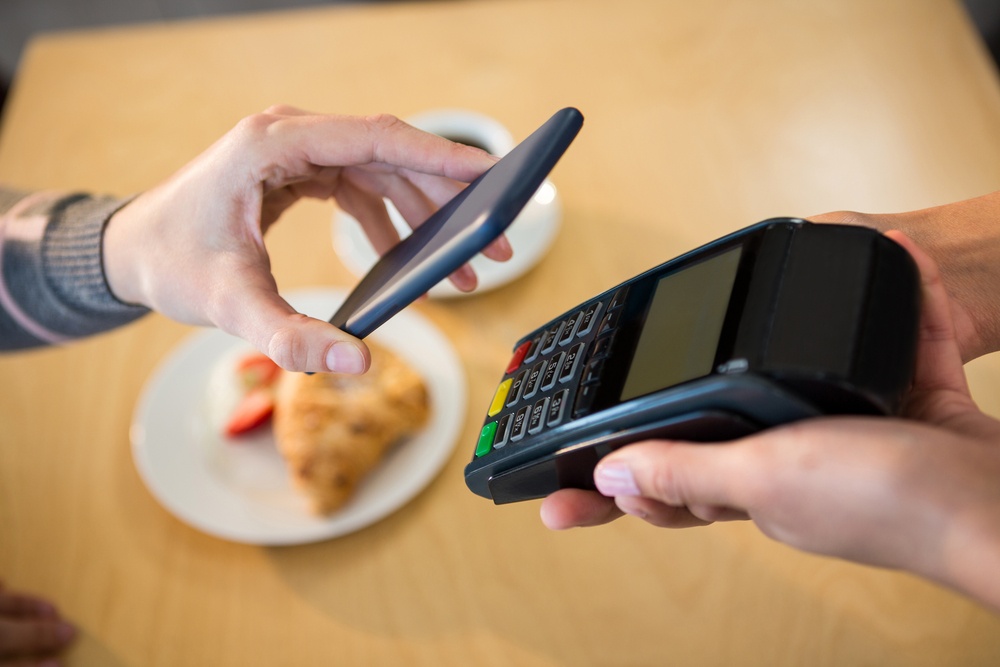A recent study conducted by The University of Illinois found that on average, after adopting mobile wallets, the total transaction amount increased by 2.4 percent and that the total transaction frequency increased by more than 23 percent. What that means is that consumers are buying low-cost items more frequently when they opt for mobile wallets. It’s not surprising since prior research has shown that people spend more when using credit cards as opposed to cash. In fact, contactless payments are predicted to drive global card spend to $45 trillion by 2023.















